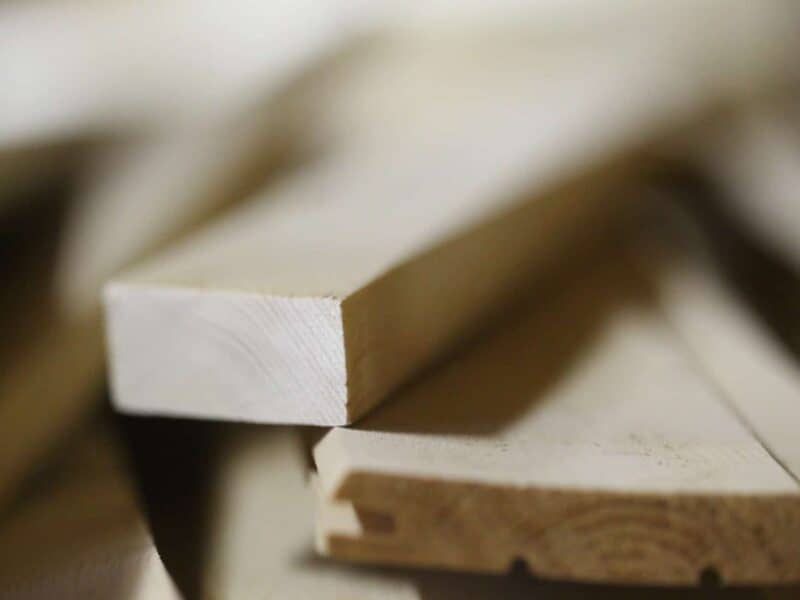
Assessing material costs is a vital part of any building project. If you are embarking on a major building project you might even consider getting in a specialist, a quantity surveyor.
The Importance of Assessing Material Costs
What’s the big deal, you might be thinking? There are three things that will happen if you just guess at how much of any particular building material you need.
The first is that by some chance you guess the exact amount you require. At the end of the job there’s no waste and you have never run out of anything just when the craftsman comes on site and wants to use it.
Under-Estimating Materials
The second is that you under order and run out of something just as someone needs it. Unless you have engaged a builder and given him responsibility for the whole project, it is up to you to get the supplies in, not the craftsmen and tradesmen you hire.
You aren’t expected to get it all in at once, particularly the larger more numerous items like building blocks or roof tiles. But you must know how much you need in total and how quickly it will be used up, so that you can make sure each load comes along in time. After all, if you have tradesmen idle on site you’ll be paying for their time.
Excess Quantities Mean Higher Costs
The third is of course the opposite, when you have lots of surplus building materials at the end. You will always have some left over, as it’s a good idea to have a small surplus, just in case there’s a mistake or re-work is required that needs a little extra.
But you can save a lot on your costs by accurate estimating. Remember, the second-hand market for surplus building materials is poor to non-existent so a large surplus is just money down the drain.
How to Assess Material Costs
The keys to estimating materials accurately are quality plans and good information about the materials you need. Measure and calculate the exact areas and volumes that you need. Area is used for two-dimensional materials such as paint and flooring and volume for three-dimensional products like concrete.
Once you have those quantities it’s time to get the coverage details and prices. Use a calculator or better still, a spreadsheet, to work out the quantity of each product you will need. Then multiply it by the cost per unit and you have the overall cost for that product.
Getting the Right Details
You will, of course, need the coverage details and the price for each product. For the coverage you can refer to the product information. You can get this from the supplier, reading the details in a shop or builders yard, or if you are really lucky, find it on the internet.
The same is true of the prices. Find them from one of those three sources and plug the amounts in. This is where a spreadsheet really scores because you can play “what if” games.
Playing “What If” Games with Materials
Lets say, for example, you’d like to fully tile a bathroom but are not sure the budget will allow it, so some of the walls may have to be painted instead. Once you have all the information you can adjust the figures to try half-tile, part-tile or fully tiling the room. The spreadsheet will tell you the cost difference between all the options.
You can then try different tile prices as well. In fact, you can reverse the calculation and say, right, in order to stay in budget and fully tile the bathroom, the tiles must cost no more than X. Then you can go out and see if you can find tiles that you like at or below price X.
Calculators on the Internet
There is a short cut to this and that’s to use tables and calculating tools available to the trade. These used to be expensive tables that helped you convert an area or volume into a piece. They were expensive because the information was very useful, but of course now everything is available on the internet so the prices have come down.
Get onto the internet and search for “building materials cost estimate”. This will throw up a whole host of sites that will do a lot of the work for you. Many of them will be basic and will have better versions available for a small cost. But there are enough out there to play with and get a feel for what’s involved in assessing material costs.
And it may well be worth paying for a better version. After all, estimating material costs badly could lead to much greater costs in the long run.


